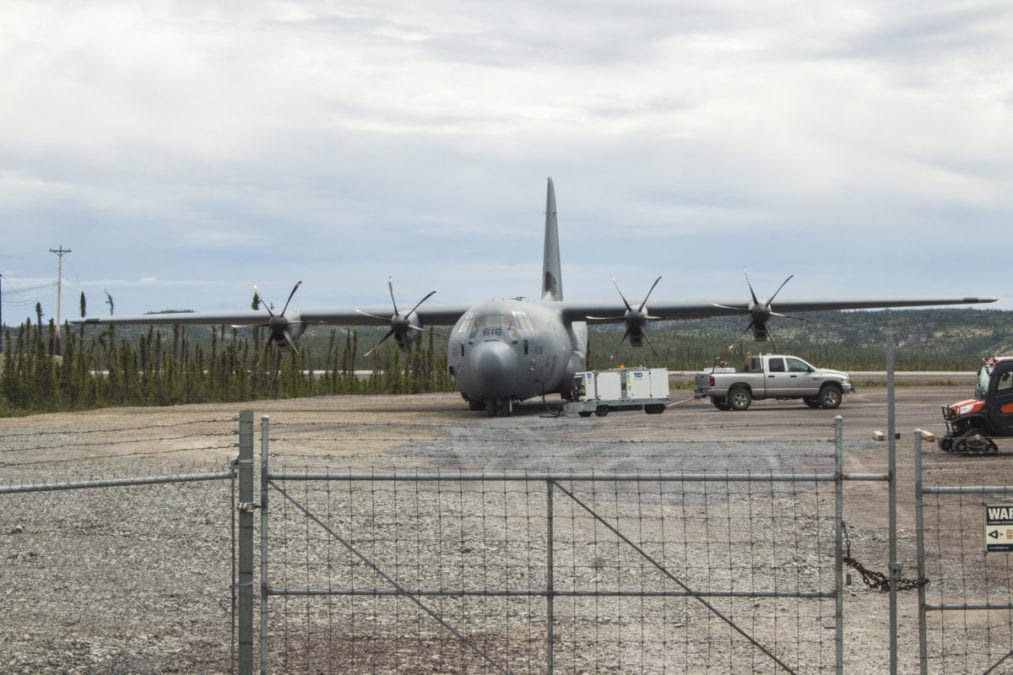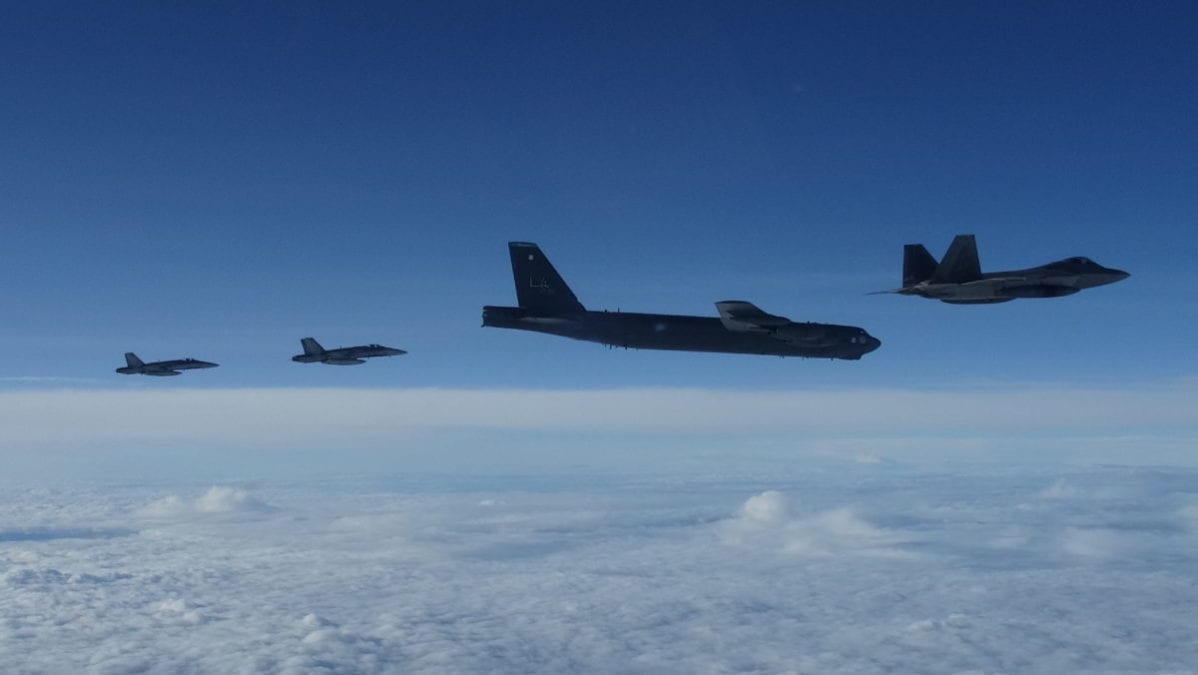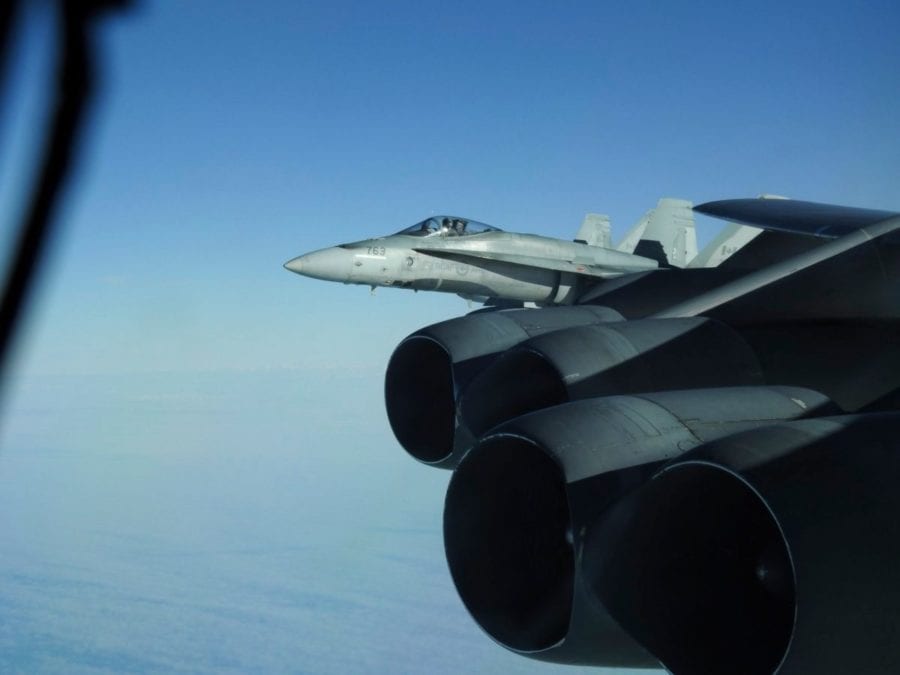
Periodically over the last few weeks, the skies in Inuvik have roared with the supersonic engines of several CF-18 Hornets passing further north.
Stationed at Mike Zubko airport along with two C-130 Hercules transport craft, the Royal Canadian Air Force has been busy throughout the month of June.
Capt. Cameron Hillier, of North American Aerospace Defense Command (NORAD) public affairs said the Royal Canadian Air Force was engaged in military exercises in conjunction with the United States Air Force in tracking and identifying unknown objects, referred to as a track of interest, approaching both countries' airspace before they reach it.
"If you get within 12 nautical miles of sovereign airspace, that is a huge deal," he said. "To enable a military response prior to that ever occurring, what NORAD has done is set up air defence identification zones. It pushes off anywhere between 100 and 200 nautical miles (from sovereign airspace.) Once a track of interest hits this line, we need to go out and investigate it. You don't want to be in a position where that track of interest crosses into your sovereign airspace.
"If somebody walks in front of your house, it's no big deal. But if somebody walks up your driveway, you kind of get curious. If somebody walks straight into your house, that's a completely separate problem. So if somebody is walking up my driveway, I need to investigate."

Also joining the CF-18 Hornets and C-130 Hercules were American B-52 Bombers and F-22 Fighter jets coming from Eielson Air Force Base in Alaska.
Hillier said there was an increase in frequency of exercises in the Arctic airspace in recent months, but could not say the next time Inuvik would be used as a forward operation location. He added the exercise was intended as a routine exercise to improve combat readiness in the Arctic and was not a response to any particular perceived threat.
However, in recent months several reports of Russian planes testing North American detection capabilities have surfaced.

(photo courtesy of U.S. Air Force)
In January, NORAD reported two Russian Tu-160 Blackjack bombers had approached Canadian Airspace, just days after a report that the early warning system was seriously out-dated was published.
Then, in March the U.S. Navy released footage of two Russian Tu-142 "Bear" maritime patrol planes flying near the coast of Alaska. The ships were tracked by an American submarine and escorted through airspace without incident.
Incidents involving Russian planes have been popping up over the last few years. In 2019, a leaked report suggested Canadian and American officials agreed to a framework to overhaul NORAD to be effective in the modern theatre. However, no official confirmation has of that been given by the Ministry of Defence.
Upgrades will not be cheap, however. Costs to replace the Cold-War era North Warning System are pegged at $11 billion alone.
No details of what a re-worked NORAD would look like or be capable of have been released.